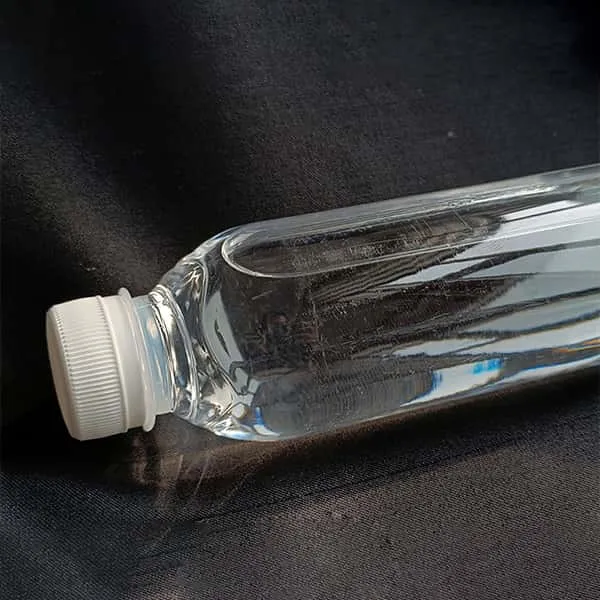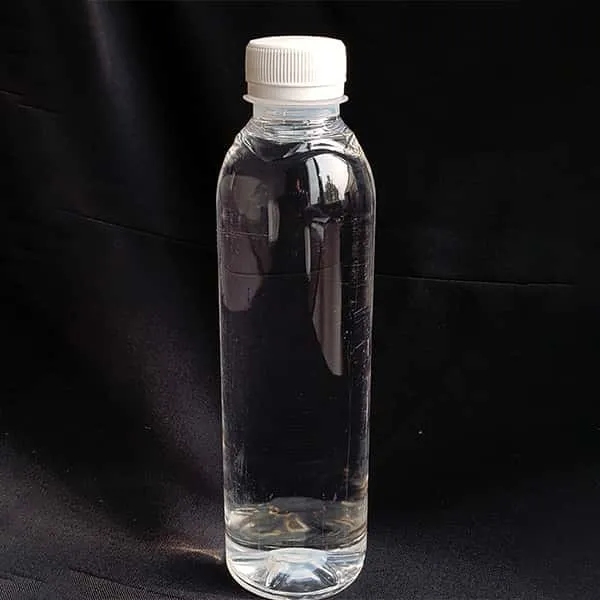



Aniline, also known as aminobenzene or anillin oil, is an organic compound with the chemical formula C₆H₇N. It is a colorless or light yellow transparent liquid. The color is allowed to darken during storage. It has a strong smell and is poisonous. Easily decomposes into brown when exposed to air and sunlight. Soluble in organic solvents such as water, ethanol, ether and benzene. Density 1.016g/cm³ (D420), melting point -6.2℃, boiling point 184.4℃, decomposes when heated to 370℃.
C₆H₇N
62-53-3
292141
1547
Aniline, also known as aminobenzene or anillin oil, is an organic compound with the chemical formula C₆H₇N. It is a colorless or light yellow transparent liquid. The color is allowed to darken during storage. It has a strong smell and is poisonous. Easily decomposes into brown when exposed to air and sunlight. Soluble in organic solvents such as water, ethanol, ether and benzene. Density 1.016g/cm³ (D420), melting point -6.2℃, boiling point 184.4℃, decomposes when heated to 370℃.
| Item | Data | ||
|---|---|---|---|
| Excellent | Medium | Qualified | |
| Appearance | Colorless or light yellow transparent liquid, the color is allowed to darken during storage. | ||
| Aniline %(m/m),≥ | 99.80 | 99.60 | 99.40 |
| Nitrobenzene %(m/m),≤ | 0.002 | 0.010 | 0.015 |
| Water %(m/m),≤ | 0.10 | 0.30 | 0.50 |
| Low boiling matter %(m/m),≤ | 0.008 | 0.010 | 0.015 |
| High boiling matter %(m/m),≤ | 0.01 | 0.03 | 0.05 |
| Dye | Rubber | Solvent | Dynamite |
|---|---|---|---|
|
|
|
|
Aniline is one of the most important intermediates in the dye industry. In the dye industry, it can be used to produce acid ink blue G, acid medium BS, acid bright yellow, orange S, pink, indigo, yellow-brown, etc. In the field of organic pigments, aniline is used to produce golden red, golden red, red powder, phenol cyanine red, oil-soluble black, etc. Used as dye aniline black in the printing and dyeing industry. In the pesticide industry, aniline is used to produce many insecticides and fungicides, such as DDV, herbicide, picloram, etc. Aniline is an important raw material for rubber additives. It is used to manufacture antioxidant A, antioxidant D, antioxidant RD and antioxidant 4010, accelerators M, 808, D and CA, etc. It can also be used as a raw material for pharmaceutical sulfa drugs. It is also an intermediate for the production of spices, plastics, varnishes, films, etc. It can also be used as a stabilizer in explosives, an anti-explosion agent in gasoline, and as a solvent; it can also be used to make hydroquinone, 2-phenylindole, etc.
Aniline is an important raw material for the production of pesticides. N-alkyl aniline, alkyl aniline, o-nitroaniline, cyclohexylamine, etc. can be derived from aniline. It can be used as an intermediate for fungicide seed dressing, insecticides triazophos, pyridazinophos, quinalphos, herbicides alachlor, cyclazinone, imidazoquinolinic acid, etc.
Sealed packaging in iron drums, net weight 200KG/drum. Store in a cool and ventilated place, and be waterproof, moisture-proof, and sun-proof.